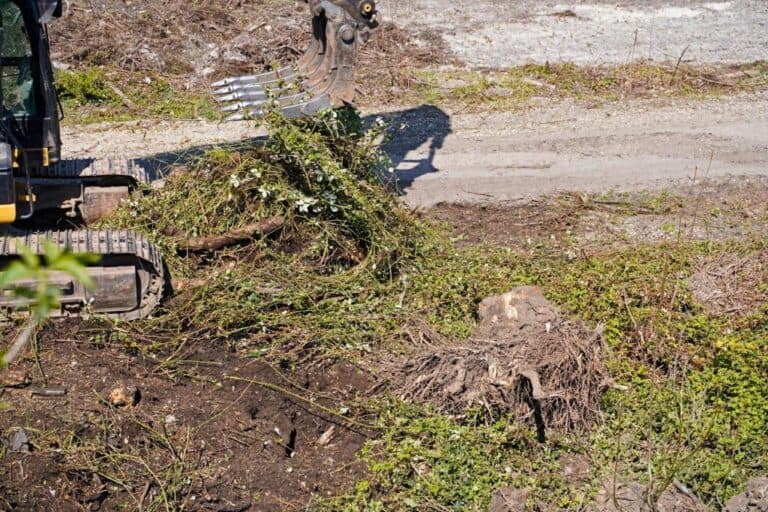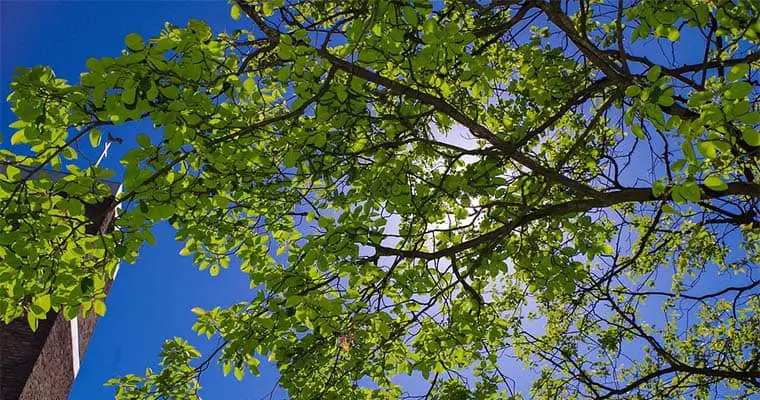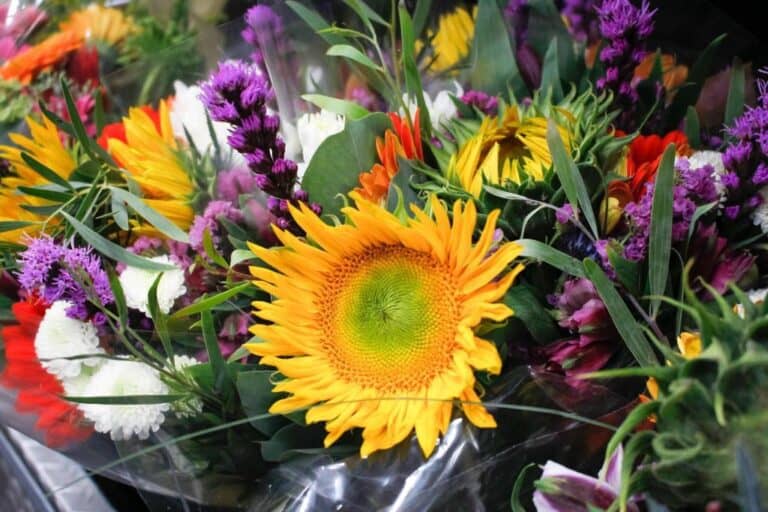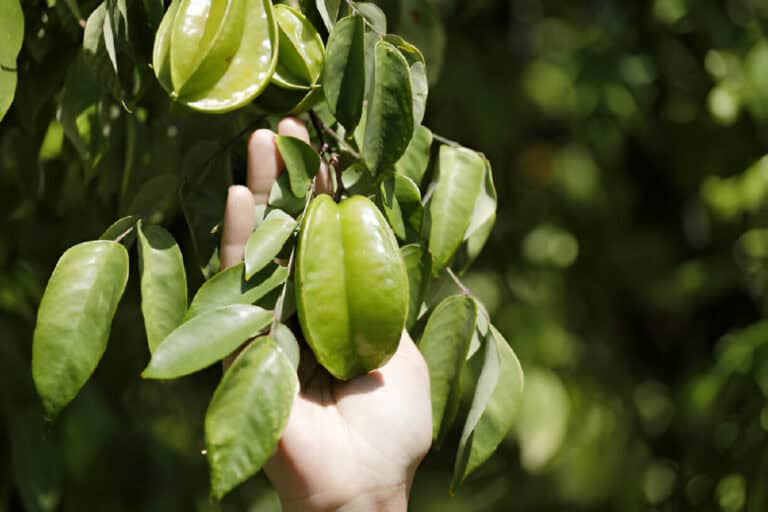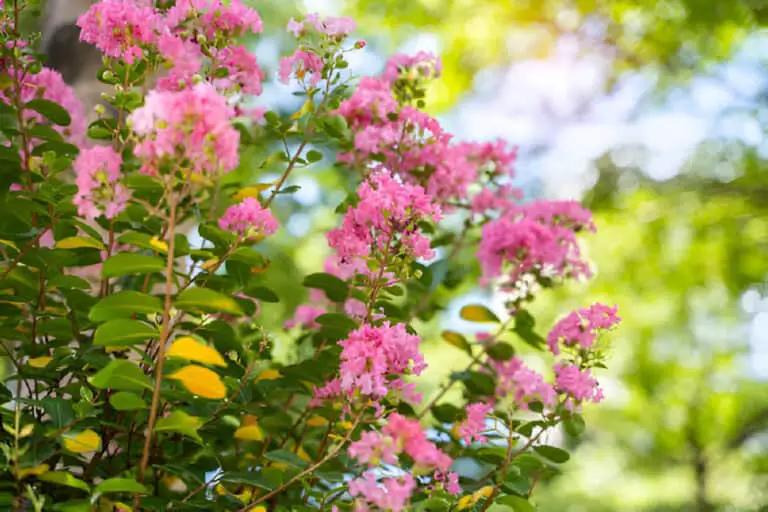Seasonal Secrets: When Is the Ideal Time to Plant Rhubarb in the UK?
Planning your rhubarb garden in the UK? Knowing the optimal time to plant rhubarb can significantly impact your harvest. Are you curious about when exactly to start? Knowing the best planting season will help your rhubarb thrive. It will produce abundant stalks year after year.
This article will explore the best time to plant rhubarb in the UK. It will offer expert tips on prep, soil, and care during the growing season. Knowing the best time and methods to plant will ensure a healthy, bountiful rhubarb harvest.
Whether you’re a seasoned gardener or a beginner, timing your rhubarb planting is key. It can lead to a successful and rewarding gardening experience.
Understanding Rhubarb: A Brief Overview
Rhubarb, with its vibrant red stalks and tart flavor, is a beloved ingredient in many British kitchens. Whether you’re looking to create a classic rhubarb crumble or experiment with rhubarb chutney, growing your own rhubarb can be a rewarding experience.
Rhubarb (Rheum rhabarbarum) is a perennial vegetable, though it is often treated as a fruit in culinary uses. Its edible stalks have a unique tartness that makes them perfect for both sweet and savory dishes. Native to Siberia, rhubarb thrives in cooler climates, making the UK an ideal location for its cultivation.
Varieties of Rhubarb
There are several varieties of rhubarb, each with its own characteristics:
- Victoria: Known for its large, greenish-red stalks and robust flavor, Victoria is a popular choice among gardeners.
- Timperley Early: This variety is prized for its early harvest, often available from late winter to early spring.
- Glaskin’s Perpetual: Ideal for those looking for a longer harvest period, this variety can produce stalks from spring to autumn.
Choosing the right variety for your garden will depend on your growing conditions and desired harvest time.
Ideal Planting Time for Rhubarb
The timing of rhubarb planting is crucial for establishing strong, healthy plants. In the UK, the best time to plant rhubarb is during the dormant season, typically between November and March. Planting during this period allows the roots to establish before the growing season begins.
Autumn Planting
Planting rhubarb in autumn, from late October to early December, can be highly beneficial. The soil is still warm from the summer, which helps the roots to settle and establish quickly. Additionally, autumn planting gives the plants a head start in the spring, leading to a more robust harvest.
Spring Planting
If you miss the autumn window, planting rhubarb in early spring, from February to March, is also effective. The soil is beginning to warm up, and the plants will have the entire growing season to establish themselves. However, spring planting might result in a slightly delayed first harvest compared to autumn planting.
Preparing the Planting Site
Choosing the right location and preparing the soil are key to growing rhubarb. Rhubarb plants prefer a sunny spot with well-drained soil rich in organic matter.
Soil Preparation
Rhubarb thrives in fertile, well-drained soil with a pH level between 6.0 and 6.8. To prepare the soil:
- Test the Soil: Conduct a soil test to determine the pH level and nutrient content. Adjust the pH if necessary by adding lime to raise it or sulfur to lower it.
- Amend the Soil: Incorporate plenty of organic matter, such as compost or well-rotted manure, into the soil. This improves soil structure, drainage, and fertility.
- Clear the Area: Remove any weeds, rocks, or debris from the planting site to provide a clean, obstruction-free area for your rhubarb plants.
Planting Techniques
Proper planting techniques will set your rhubarb up for success. Follow these steps for optimal results:
- Digging the Holes: Dig holes that are large enough to accommodate the rhubarb crowns or divisions. Each hole should be about 3 feet apart to allow ample space for the plants to grow.
- Planting Depth: Place the rhubarb crowns or divisions in the holes with the buds about 1 inch below the soil surface. Cover the roots with soil and firm gently.
- Watering: Water the newly planted rhubarb thoroughly to help settle the soil and eliminate air pockets around the roots.
Caring for Your Rhubarb Plants
Once planted, rhubarb requires regular care to thrive. Proper maintenance will ensure healthy growth and abundant harvests.
Watering
Rhubarb plants need consistent moisture, especially during dry periods. Water the plants deeply and regularly, ensuring the soil remains evenly moist but not waterlogged. Mulching around the plants can help retain soil moisture and suppress weeds.
Feeding
Rhubarb is a heavy feeder and benefits from regular fertilization. Apply a balanced fertilizer, such as a 10-10-10 blend, in early spring as growth begins. Also, top-dress the soil with compost or well-rotted manure each autumn to replenish nutrients.
Weeding
Keep the planting area free of weeds, which can compete with rhubarb for nutrients and water. Mulching helps to suppress weeds, but manual weeding may also be necessary.
Dividing and Transplanting
Rhubarb plants can become crowded over time, leading to reduced vigor and smaller stalks. Every 4 to 5 years, consider dividing and transplanting your rhubarb to maintain plant health. This is best done in early spring or autumn.
Harvesting Rhubarb
Knowing when and how to harvest rhubarb is key to enjoying its delicious stalks. Patience is essential, as newly planted rhubarb should not be harvested in the first year to allow the plants to establish.
First Harvest
In the second year after planting, you can begin harvesting rhubarb. Start by picking a few stalks in the spring, but avoid over-harvesting to ensure the plant continues to grow vigorously.
Regular Harvest
From the third year onwards, you can harvest rhubarb regularly from spring to early summer. To harvest, grasp the stalk near the base and pull it gently away from the plant. Avoid cutting the stalks, as this can leave stubs that may rot.
End of Harvest
Stop harvesting by late June to allow the plant to replenish its energy reserves for the next season. This ensures strong growth and abundant harvests in the following years.
Common Rhubarb Pests and Diseases
Rhubarb is relatively pest-resistant, but it can occasionally suffer from pests and diseases. Recognizing and addressing these issues promptly will keep your plants healthy.
Pests
- Aphids: These small, sap-sucking insects can weaken plants. Control them by spraying with insecticidal soap or introducing natural predators like ladybugs.
- Slugs and Snails: These pests can damage young shoots and leaves. Use organic slug pellets or handpick them in the evening.
Diseases
- Crown Rot: This fungal disease causes the crown to rot and can be fatal. Prevent it by ensuring good drainage and avoiding over-watering.
- Leaf Spot: This fungal infection causes brown spots on leaves. Remove affected leaves and apply a fungicide if necessary.
Table: Rhubarb Planting and Care Guide
| Task | Timing | Details |
| Planting | November to March | Plant during the dormant season |
| Soil Preparation | Before planting | Amend soil with organic matter |
| Watering | Regularly | Keep soil evenly moist |
| Feeding | Early spring, autumn | Apply balanced fertilizer and compost |
| Weeding | As needed | Keep the area free of weeds |
| Dividing and Transplanting | Every 4-5 years | Maintain plant health by dividing |
| Harvesting | Second year onwards | Begin light harvests in the second year |
| Pest and Disease Control | Ongoing | Monitor and address issues promptly |
Tips for a Successful Rhubarb Harvest
Ensuring a successful rhubarb harvest involves more than just planting and watering. Here are some additional tips to help you grow robust, productive rhubarb plants.
Choosing the Right Location
Select a sunny spot in your garden that receives at least 6 hours of sunlight daily. Rhubarb can tolerate partial shade, but full sun promotes the best growth and stalk color.
Mulching
Mulching around your rhubarb plants helps. It conserves moisture, suppresses weeds, and regulates soil temperature. Use organic mulches such as straw, grass clippings, or compost.
Companion Planting
Companion planting can enhance rhubarb growth and protect against pests. Consider planting garlic, onions, or marigolds nearby, as these plants can repel pests and improve soil health.
Monitoring Soil Health
Regularly test your soil to ensure it remains fertile and well-balanced. Adjust pH and nutrient levels as needed to provide an optimal growing environment for your rhubarb.
Observing Plant Health
Keep an eye on your rhubarb plants for signs of stress, pests, or diseases. Early detection and intervention can prevent minor issues from becoming major problems.
Conclusion
Planting rhubarb in the UK can be a rewarding experience, yielding delicious and versatile stalks for your kitchen. The best time to plant rhubarb is during its dormant season, from November to March. Autumn planting gives your plants the best start. By preparing the soil properly, choosing the right location, and following best practices for planting and care, you can ensure healthy, productive rhubarb plants.
To keep your rhubarb thriving, water, feed, and weed it. Also, watch for pests and diseases. Whether you’re an experienced gardener or a novice, growing rhubarb is a delightful way to enjoy the bounty of your garden.

